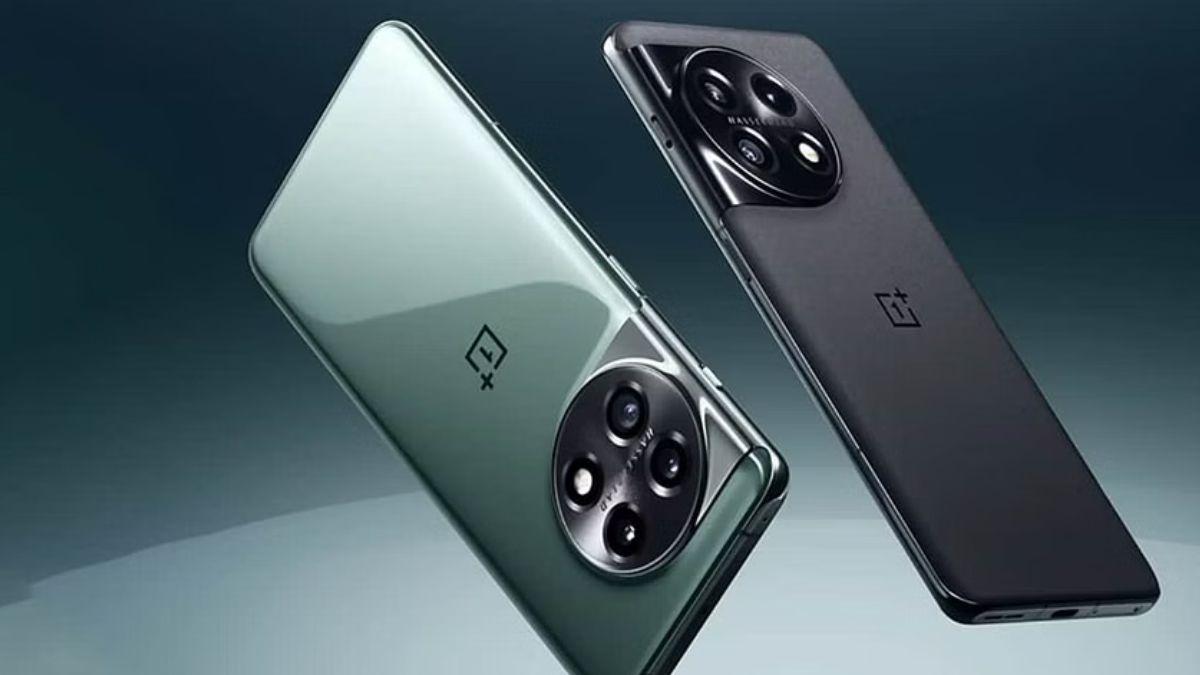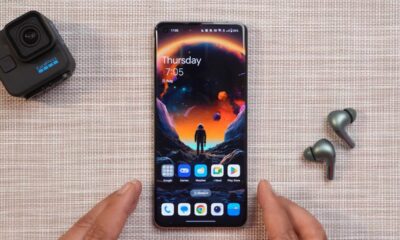OxygenOS
OnePlus Pad Grabs OxygenOS 13.1.0.592 Update with June 2023 Security Patch
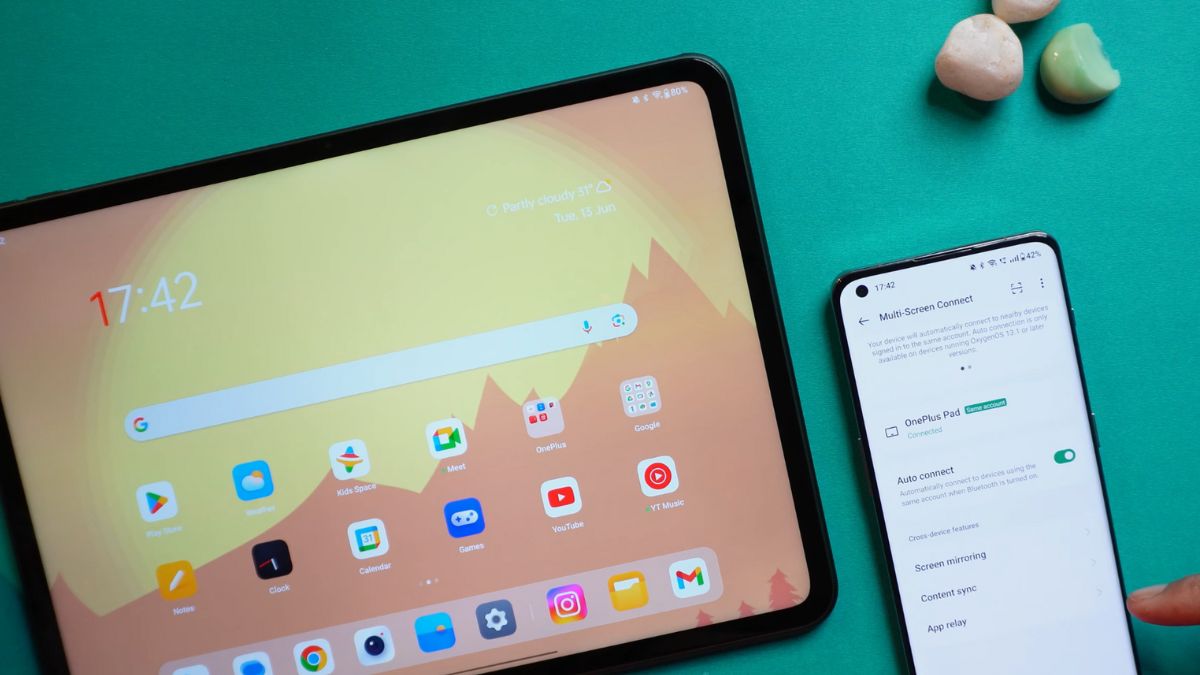
OnePlus has initiated an incremental rollout of the OxygenOS 13.1.0.592 update for the OnePlus Pad, bringing a host of improvements and bug fixes to enhance the user experience. This update follows the day-zero release aimed at addressing immediate concerns after the tablet’s launch. OnePlus Pad users can now take advantage of the new sharing feature, Communication sharing, which enables seamless connectivity with smartphones for enhanced communication capabilities.
The OxygenOS 13.1.0.592 update introduces the integration of the June 2023 Android security patch, bolstering system security against potential vulnerabilities. Furthermore, this update addresses various issues reported by users, including a bug that caused videos to display in black and white under certain circumstances. Another notable fix pertains to the compatibility of external keyboards, resolving issues that affected their performance.
In addition to the aforementioned improvements, OnePlus has also focused on enhancing the stability of the system overall, aiming to provide a smoother and more reliable user experience. This commitment to system stability ensures that the OnePlus Pad operates optimally and efficiently.
The rollout of the OxygenOS 13.1.0.592 update for the OnePlus Pad will be conducted incrementally to ensure a seamless installation process for users. Initially, a small percentage of users will receive the OTA update, while a broader rollout is expected to commence within the next few days, making the update accessible to a wider user base.
Users can expect a more stable and secure user experience on their OnePlus Pad with the OxygenOS 13.1.0.592 update. OnePlus remains committed to delivering regular updates to its devices, ensuring that users can enjoy the latest features and enhancements while providing a seamless user experience.
Please note that the update size for OxygenOS 13.1.0.592 is currently unknown. Users are advised to ensure they have sufficient storage space and a stable internet connection before initiating the update process.
OnePlus Pad OxygenOS 13.1.0.592 Changelog:
This update improves system stability and security, adds support for Communication sharing, and fixes some known issues.
System
- Adds a new sharing feature that allows a tablet to use a phone’s communication functions to use the 5G network, make and answer calls, and send and receive SMS messages. (except European models)
- Integrates the June 2023 Android security patch to enhance system security.
- Fixes an issue that might cause videos to turn black and white in certain scenarios.
- Fixes some issues that occur when an external keyboard is used.
- Fixes some issues that affect the Photos app.
- Improves system stability.
How to Install OxygenOS 13.1.0.592 Update on OnePlus Pad
Here are the simplified steps to install the OxygenOS 13.1.0.592 update on the OnePlus Pad:
- Check for update: Go to the Settings menu on your OnePlus Pad.
- System updates: Scroll down and tap on “System” or “System Updates.”
- Check for updates: Tap on “Check for updates” to see if the OxygenOS 13.1.0.592 update is available for your device.
- Download and install: If the update is available, tap on “Download” and wait for the update package to be downloaded.
- Install the update: Once the download is complete, tap on “Install” to initiate the installation process.
- Wait for installation: Your OnePlus Pad will restart and begin installing the update. Be patient as this process may take a few minutes.
- Complete the installation: Once the installation is finished, your OnePlus Pad will reboot, and you will be running OxygenOS 13.1.0.592.
Note: It is recommended to ensure that your device is connected to a stable Wi-Fi network and has sufficient battery charge before proceeding with the update. Additionally, make sure to back up any important data before installing the update to prevent data loss in case of any unforeseen issues.
Download OxygenOS 13.1.0.592 for OnePlus Pad
- OPD2203_13.1.0.592(EX01) – Incremental Update
The download will be added once available.
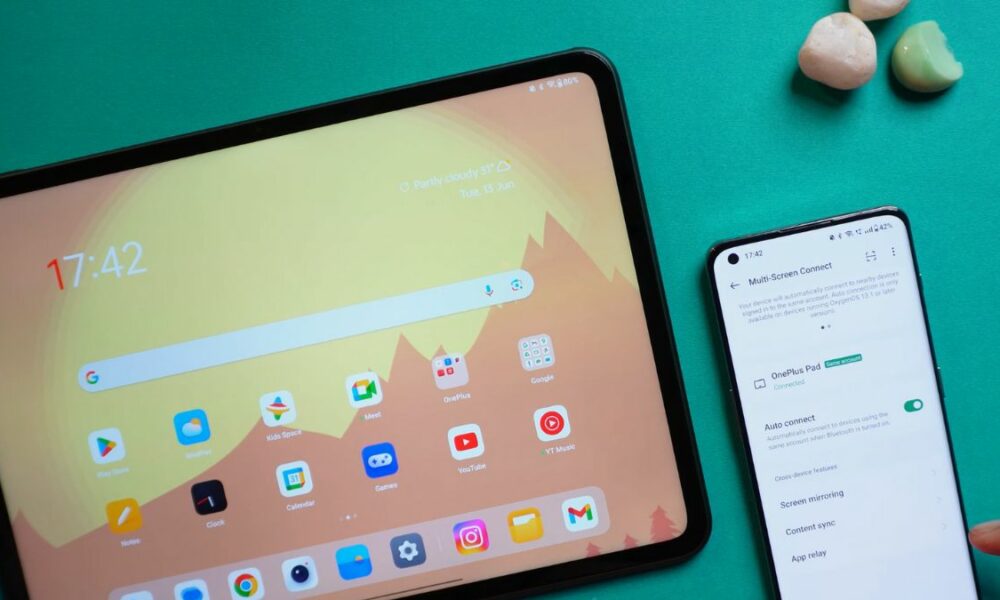
For More Such Updates Follow Us On – Telegram, Twitter, Google News, WhatsApp and Facebook
News
OnePlus Nord 2 gets January 2024 Security Patch Update
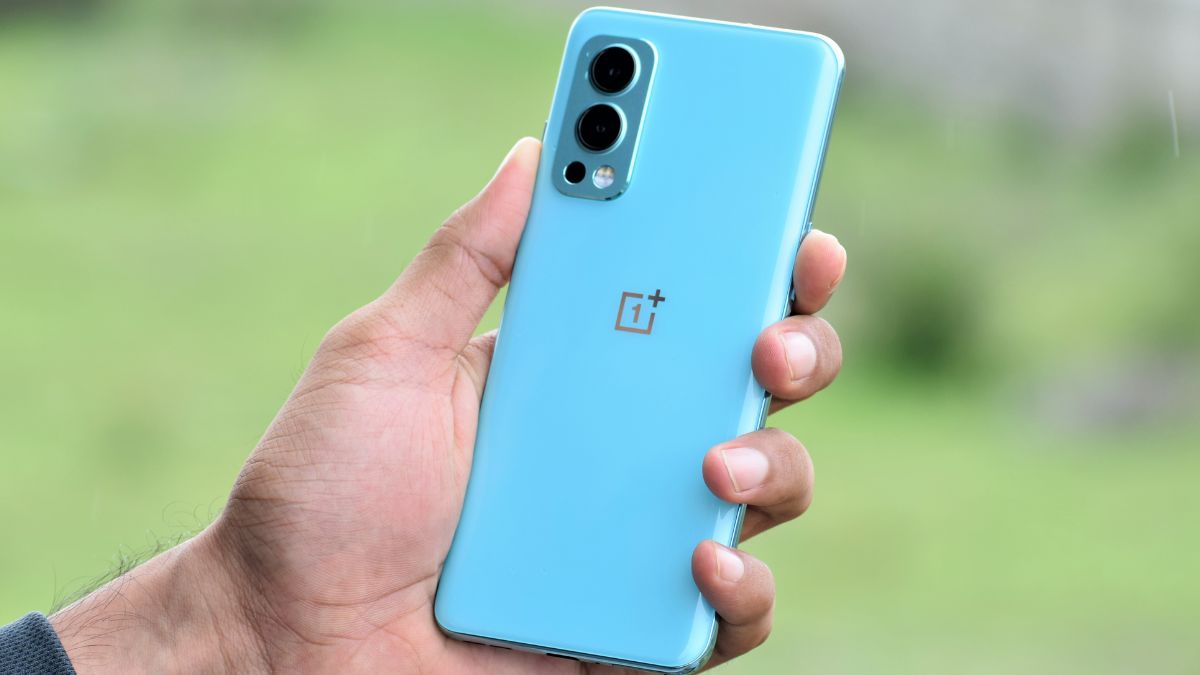
OnePlus, a Chinese Tech Giant has started rolling out the OxygenOS 13 F.50 update for the OnePlus Nord 2 5G in India. This update is based on the January 2024 security patch. As like the previous F.49 update, this new F.50 is also based on OxygenOS 13 which is based on Android 13.
If we talk about the build number. So, the build number of the update is identified as OxygenOS 13 DN2101_11_F.49. Also, the size of the update is 323.46 MB.

Also, the changelog for this update is listed below:
System
- Integrates the January 2024 Android security patch to enhance system security.
- The Background Stream feature in the Smart Sidebar has been removed.
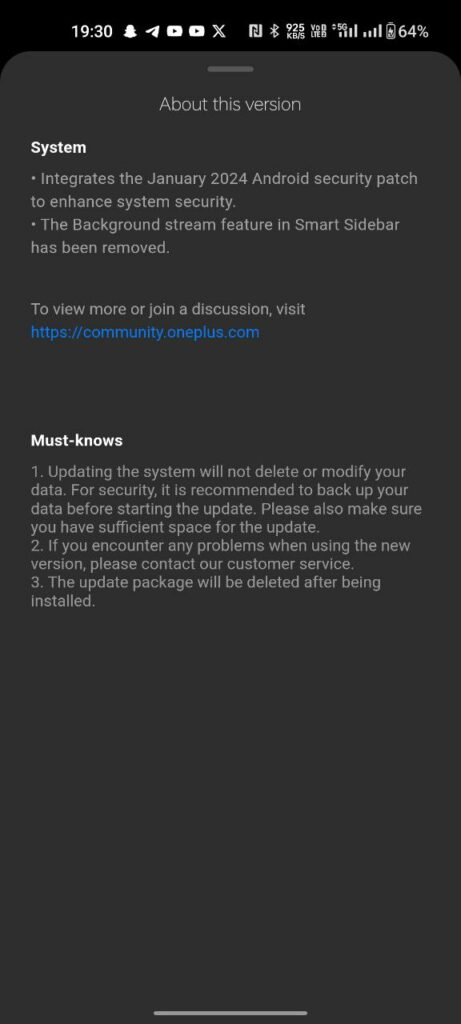
With this new F.50 update, OnePlus has removed the background stream feature from the Smart Sidebar. As you can see clearly in the above image the update size is 323.46 MB which is less. So, don’t expect many changes or add-ons. This update only improves the system stability and performance with the new January 2024 security patch.
Note: If you want to know why Background Stream was removed from the Smart Sidebar, then check out this.
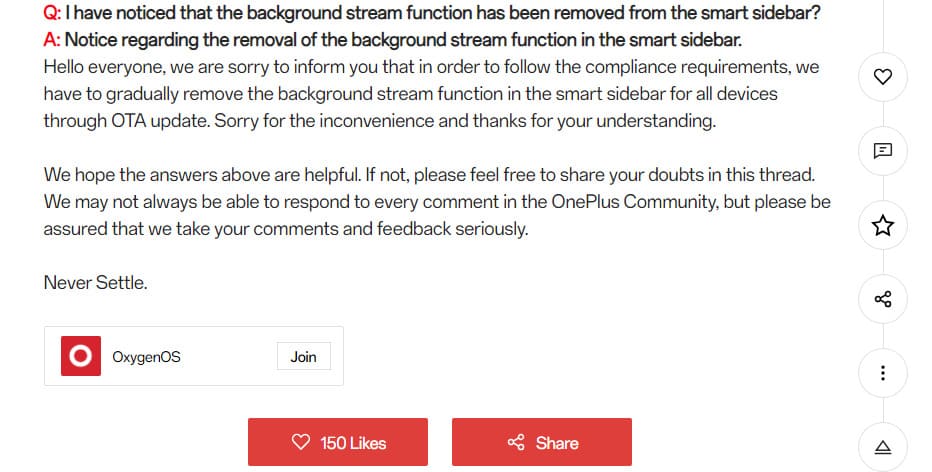
How to Update?
To update your OnePlus Nord 2 5G to OxygenOS 13 F.49. Whenever you get the update notification, click on it. You can also check manually by going into Settings> About Device> Click on Blue Color OxygenOS Box. Click On Download and then, click on Install.
Note: You have to make sure that your device is sufficiently charged, i.e. 50% of its storage, before installing the update.
Also, if you don’t want to update your phone after downgrading. Then do keep in mind to change Auto Update to Turn Off and also toggle off the Overnight option.

For More Such Updates Follow Us On – Telegram, Twitter, Google News, WhatsApp and Facebook
News
OnePlus Open Users Receives Stable OxygenOS 14 (Android 14) Update
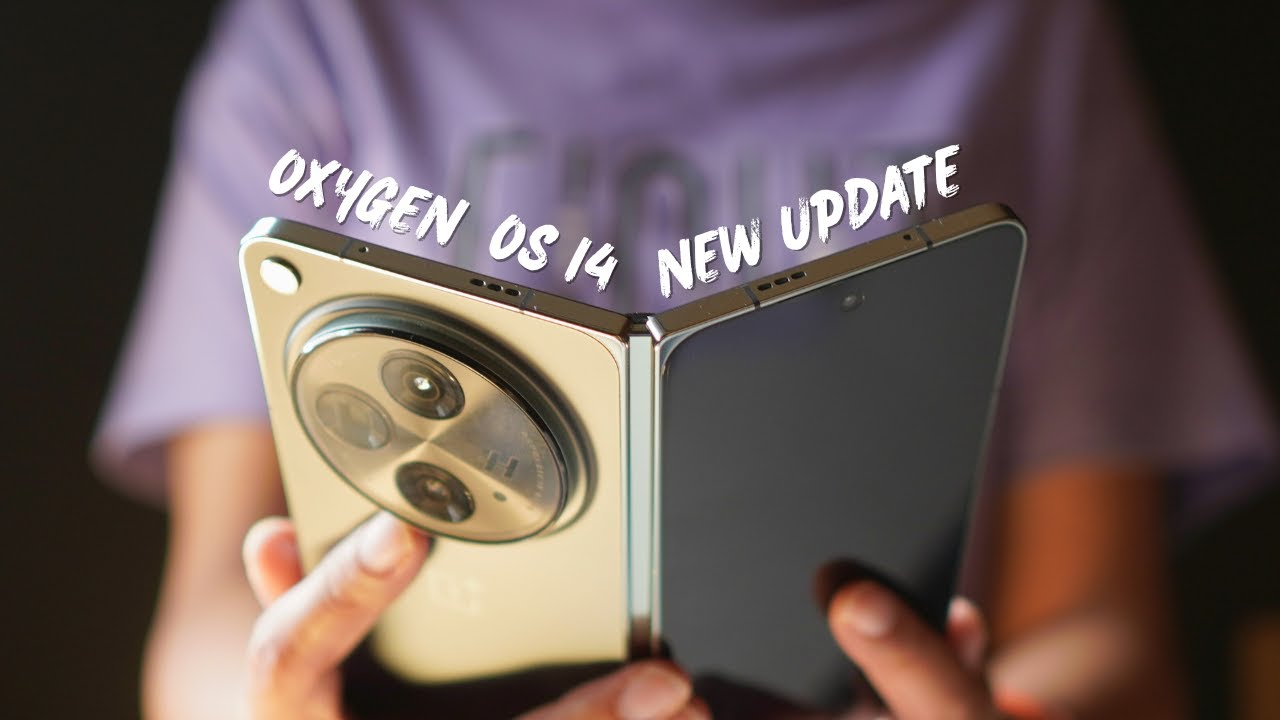
After beta builds, OnePlus has started rolling out stable OxygenOS 14 based on the Android 14 update for its foldable phone, i.e. OnePlus Open. The stable update is first given to those OnePlus Open owners who have participated in Open or Closed Beta versions, and after that, it will be available for all OnePlus Open users. If we talk about the changelog and
What are the changes and new add-ons to this update?
First, let’s talk about the build version. So, the build number of this update is identified as CPH2551_14.0.0.400(EX01). The changelog for this update is listed below:
Changelog:
- Adds Aqua Dynamics, a way of interaction with morphing forms that allows you to view up-to-date information at a glance.
Smart efficiency
- Adds File Dock, where you can drag and drop to transfer content between apps and devices.
- Adds Content Extraction, a feature that can recognize and extract text and images from the screen with one tap.
- Adds Smart Cutout, a feature that can separate multiple subjects in a photo from the background for copying or sharing.
Cross-device connectivity
- Improves Shelf by adding more widget recommendations.
Security and privacy
- Improves photo and video-related permission management for safer access by apps.
Performance optimization
- Improves system stability, the launch speed of apps, and the smoothness of animations.
Aquamorphic Design
- Upgrades Aquamorphic Design with a natural, gentle, and clearer color style for a more comfortable color experience.
- Adds Aquamorphic-themed ringtones and revamps the system notification sounds.
- Improves system animations by making them even smoother.
User Care
- Adds a carbon tracking AOD that visualizes the carbon emissions you avoid by walking instead of driving.
How to Update?
To update your OnePlus Open, first, you have to Open Settings > About Device > Click on Blue Colored OxygenOS Version Box > Click on Download.
If you have not received the OxygenOS 14 stable update on your OnePlus Open, and you want to update it instantly, then check that your phone is running on the CPH2551_13.2.0.301 version. If you are on this version, then Go to Settings > About device > tap up to date > tap icon on the top right > beta program > follow the steps to apply > check for updates.
Note: This will only work for the Indian (IN) users.
Have you got the OxygenOS 14 stable update on your OnePlus Open? Do let us know in the comment box. Also, tell us whether you like this post or not.
Note: Before updating your phone, do keep in mind that your phone must be charged above 30%. Also, do remember that at least 5GB of space must be available on your phone for this update.
How to Rollback OnePlus Open from OxygenOS 14 to OxygenOS 13?
If you want to roll back to OxygenOS 13, then first you have to download the rollback/downgrade file by clicking here.
After downloading the rollback/downgrade, you have to enable the developer option by going into Settings > About device > Version > Click Build number 7 times and enter the password; now you are in developer mode.
Then, to do a local update, Go back to Settings > About device > Up to date > Click the top right button > Local install > Click on the corresponding rollback package > Extract > Upgrade > System upgrade completed to 100%.
For More Such Updates Follow Us On – Telegram, Twitter, Google News, WhatsApp and Facebook
News
OnePlus 12 First Update Adds New Camera Mode and System Improvements

The OnePlus 12, the latest flagship smartphone from the OnePlus company has just received its first major update since launch. This update brings improvements and new features to enhance the overall user experience of the device. It also integrates the January 2024 Android security patch for better system security.
This update can be identified for the OnePlus 12 with its firmware version CPH2573_14.0.0.404(EX01) and its size is 1.40 GB. This update will be rolling out it in stages, so it will take some time to reach all the users.
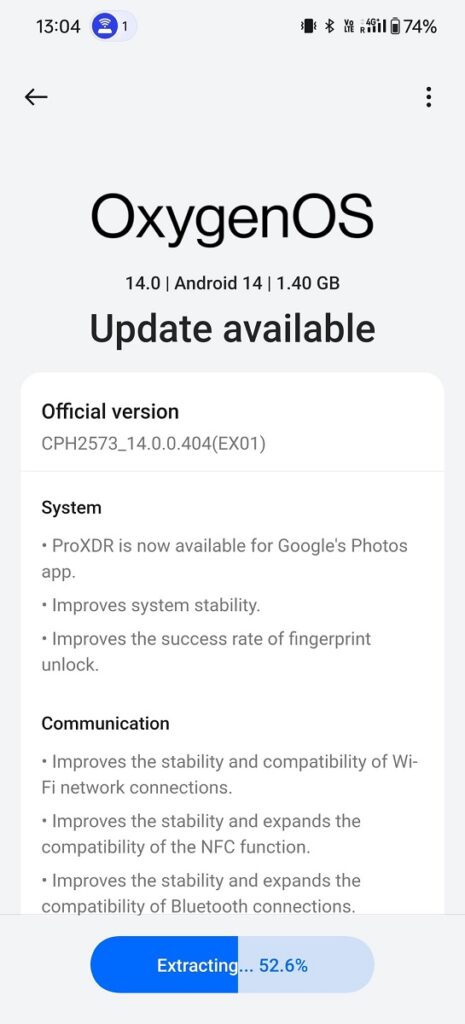
OxygenOS 14.0.0.404 for OnePlus 12
The OxygenOS 14.0.0.404 update for OnePlus 12 brings ProXDR compatibility to the Google Photos app, enhancing the viewing experience with more vivid and dynamic colors. There are improvements in the overall stability of the system, ensuring smoother performance. The success rate of the fingerprint unlock feature has been improved, offering a more reliable and faster unlocking experience.
This update also enhances the stability and compatibility of Wi-Fi connections, ensuring a more consistent and reliable internet experience. The NFC functionality has seen improvements in both stability and compatibility, expanding its range of use. The Bluetooth connectivity has been improved, offering a more stable and broader range of compatibility with devices.
A significant addition to the camera features is the Master mode, which now includes Hasselblad color tuning. This mode is designed to enhance photos with more natural and vibrant colors, bringing professional-grade color accuracy and quality to everyday photography.
Changelog:
System
- ProXDR is now available for Google’s Photos app.
- Improve system stability.
- Improves the success rate of fingerprint unlock.
Communication
- Improves the stability and compatibility of Wi-Fi network connections.
- Improves the stability and expands the compatibility of the NFC function.
- Improves the stability and expands the compatibility of Bluetooth connections.
Camera
- Adds Master mode that features Hasselblad color tuning to enhance your photos with more natural and vibrant colors.
For More Such Updates Follow Us On – Telegram, Twitter, Google News, WhatsApp and Facebook

